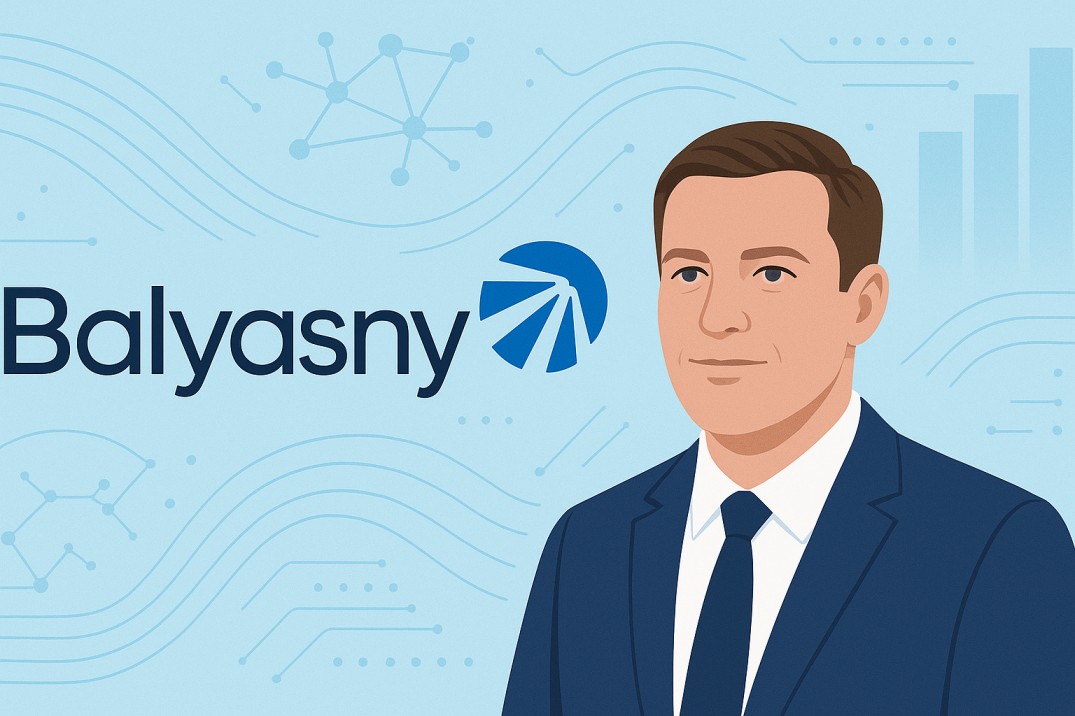Balyasny Hires CIA’s Top AI Data Scientist in Ambitious Talent Push

Hedge fund Balyasny Asset Management has hired the CIA’s chief AI data scientist, marking one of the most notable Wall Street talent moves of the year. The appointment, confirmed this week, underscores the fund’s aggressive push into advanced machine learning and intelligence-grade analytics. The move also reflects a broader trend: hedge funds increasingly competing for elite technologists who once served in national security roles.
Background: Wall Street’s AI Talent Arms Race
Over the past few years, hedge funds have been racing to integrate cutting-edge AI to enhance trading signals, automate research, and manage risk at scale. As markets become more complex and data-rich, firms have increasingly recruited from defense agencies, research labs, and top-tier tech companies. Hiring leaders from intelligence bodies indicates how serious the sector has become about leveraging AI with national-security-level sophistication.
Key Development: A High-Profile Hire from the Intelligence Community
The former CIA AI chief brings deep expertise in building models that synthesize vast, unstructured datasets — a capability crucial for both national security and high-frequency investment strategies. Their experience includes developing AI frameworks for pattern detection, anomaly monitoring, and mission-critical analytics.
For Balyasny, which has expanded its technology and quant divisions aggressively in recent years, the hire is expected to bolster internal research infrastructure, improve predictive modeling, and strengthen the firm’s competitive moat.
While neither the hedge fund nor the intelligence agency provided official quotes, people familiar with the matter describe the move as part of a “multi-year AI acceleration plan.”
Technical Explanation: Why Intelligence-Grade AI Matters
AI used in national security focuses on understanding incomplete, noisy, or fast-changing data — similar challenges faced by traders navigating global markets. Techniques such as:
- multi-source data fusion,
- large-scale anomaly detection,
- natural language intelligence,
- real-time risk inference,
can translate effectively to portfolio management and macro forecasting.
In practice, this means more adaptive models, faster research cycles, and the ability to detect market shifts earlier than competitors.
Implications: A Signal to the Entire Industry
This hire highlights a growing convergence between intelligence analytics and financial modeling. For investors, it suggests that hedge funds are betting on AI not just for automation, but as a core driver of alpha generation.
For the broader tech ecosystem, it reinforces the trend of high-stakes private sector roles drawing talent from government agencies — particularly in AI and cybersecurity.
Challenges & Ethical Questions
While promising, the trend raises questions:
- Can intelligence-grade AI models be adapted responsibly for financial use?
- Will data privacy and model transparency become concerns?
- Could this intensify inequality between AI-rich hedge funds and smaller market participants?
Experts note that overreliance on opaque models or highly sensitive data practices could create systemic risks if not governed carefully.
Future Outlook
Balyasny is expected to continue investing in AI leadership, infrastructure, and research talent. More hedge funds may follow this path, potentially triggering a new wave of recruiting from government labs and national-security agencies.
As markets grow more complex, the fusion of intelligence-grade AI and finance could reshape how investment strategies are built — and who gets hired to build them.
Conclusion
Balyasny’s recruitment of the CIA’s chief AI data scientist illustrates the evolving intersection of national security expertise and high-stakes finance. With AI becoming central to trading, portfolio management, and risk modeling, such cross-sector talent moves may soon become the norm rather than the exception.